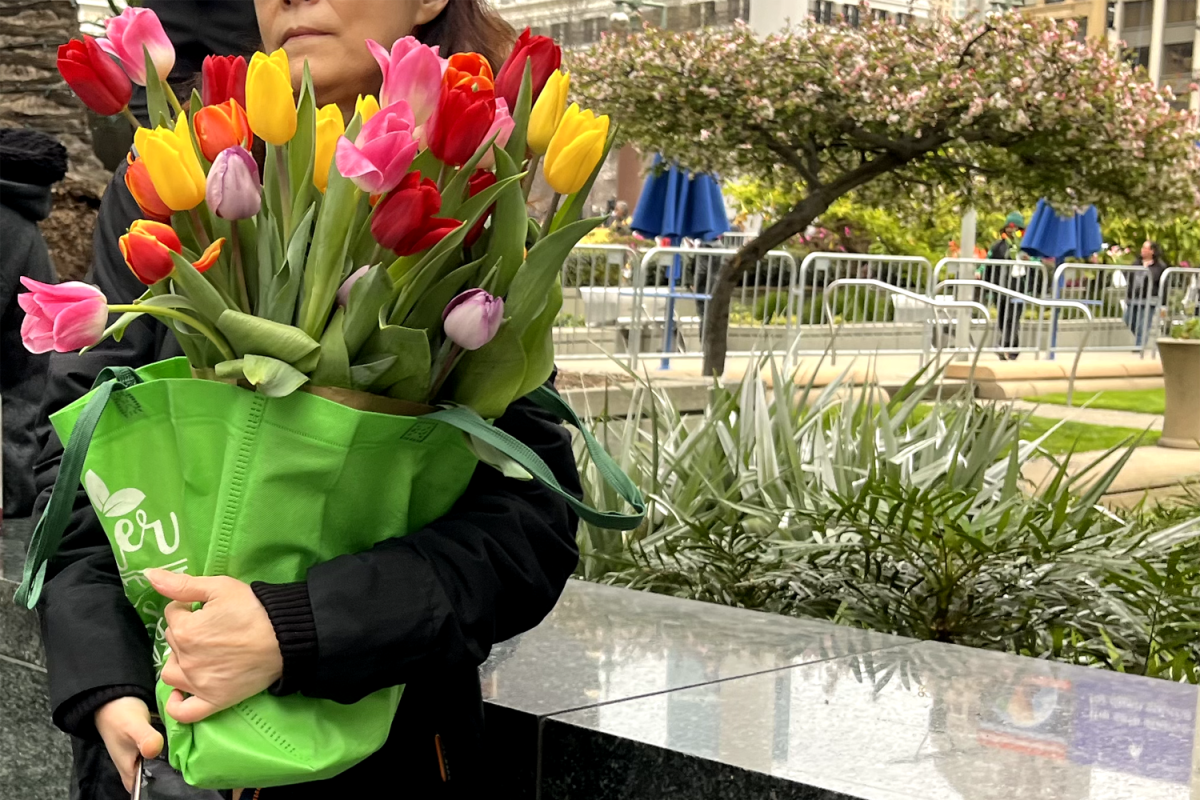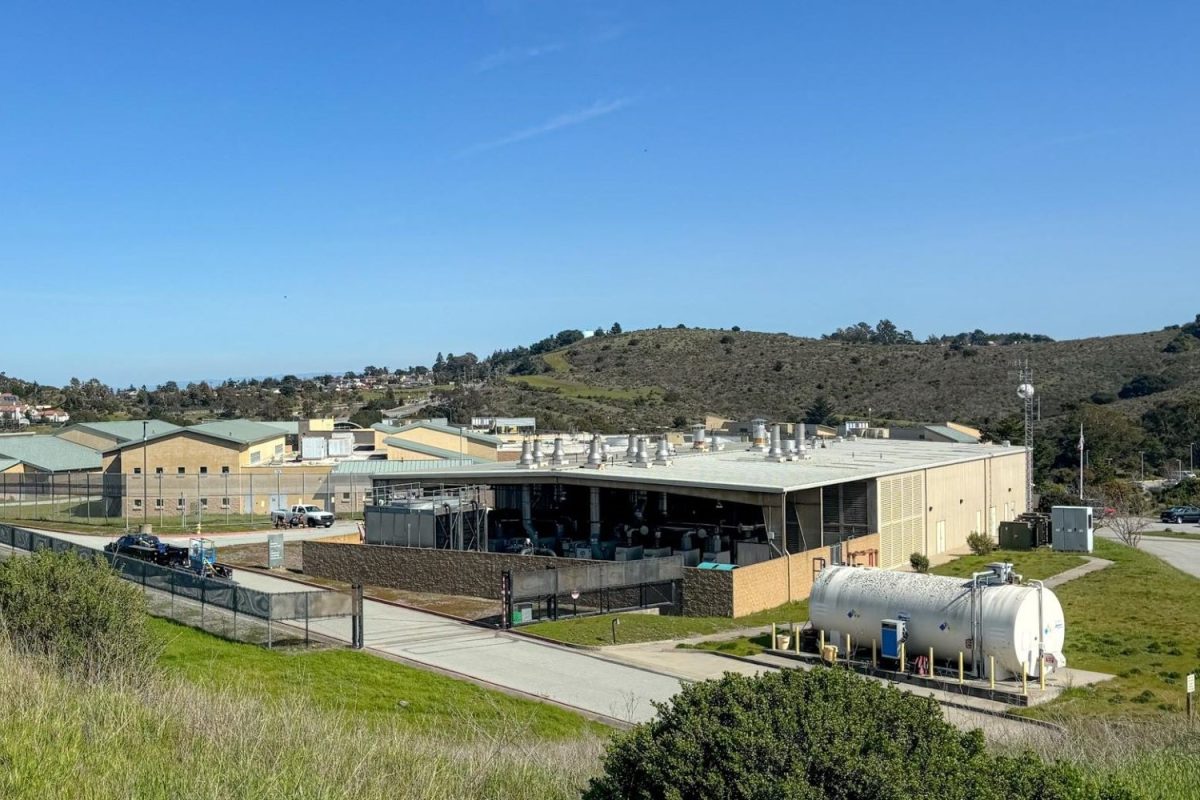Growing up comes with its fair share of changes. One change that many can relate to is the change from hand making a Valentine’s Day card for your classmates in elementary school by hand to buying one from Hallmark for a family member or partner. However, this change impacts more than meets the eye, as card-gifting has environmental costs that often go unnoticed.
Greeting cards are commonly thought of as recyclable since they are made of paper.
However, the presence of glitter, foil, pictures, or ribbons makes a card unrecyclable.
The environmental consequence of recycling these unrecyclable cards, no matter the intentions, is negative. Unrecyclable cards are treated similarly to unrecyclable plastics that are recycled; they end up in landfills. Not only do the unrecyclable cards end up in landfills, but they also have to be processed in a recycling facility where they could jam machinery or contaminate recyclable products with glitter or other unrecyclable aspects of the cards.
As Valentine’s Day approaches, the American demand for greeting cards increases. According to Hallmark, “approximately 145 million Valentine’s Day cards are exchanged industry-wide (not including packaged kids’ valentines for classroom exchanges), making Valentine’s Day the second-largest holiday for giving greetings cards [behind Christmas].”
Although the vast majority of Valentine’s Day greeting cards are not eco-friendly, a few paper stores in the San Francisco Bay Area, like Paper Source, have a couple of eco-friendly options, such as their Plantable Hearts. These are seed paper hearts that, when planted in soil and adequately treated, grow into wildflowers.
“Consistently, our eco-friendly Valentine’s Day options are pretty popular, especially now considering the push for sustainability when it comes to recycling products,” said Gabby Baker, an employee at the Palo Alto location of Paper Source.
Companies have a rising consumer pressure to be as eco-friendly as possible. A NielsenIQ study in 2015 revealed that 73% of the millennial generation was willing to pay more for sustainable goods.
Sustainability is a driving force behind where many younger shoppers take their business. Some customers appreciate that stores like Paper Source give more options.
“The more eco-friendly they can make the cards, the better. The more options they can provide customers, the better,” said Alexi Harrick, a local consumer who shops at Paper Source.
Some customers purchase their Valentine’s Day products exclusively from seed-paper and biodegradable paper manufacturers like Green Field Paper and Botanical PaperWorks to promote the sustainability of the industry.
The design and marketing manager of Botanical PaperWorks, Kelly Caruk, noted that their classroom Valentine’s Day products are a win-win for the community. These products help reinforce the importance of sustainability even during holiday celebrations.
“I find parents buying them are usually very excited to have a waste-free option to share. Valentine’s Day is a fun occasion for children but it creates so much paper waste. It’s important to find ways to celebrate that are more eco-friendly,” Caruk said.






















